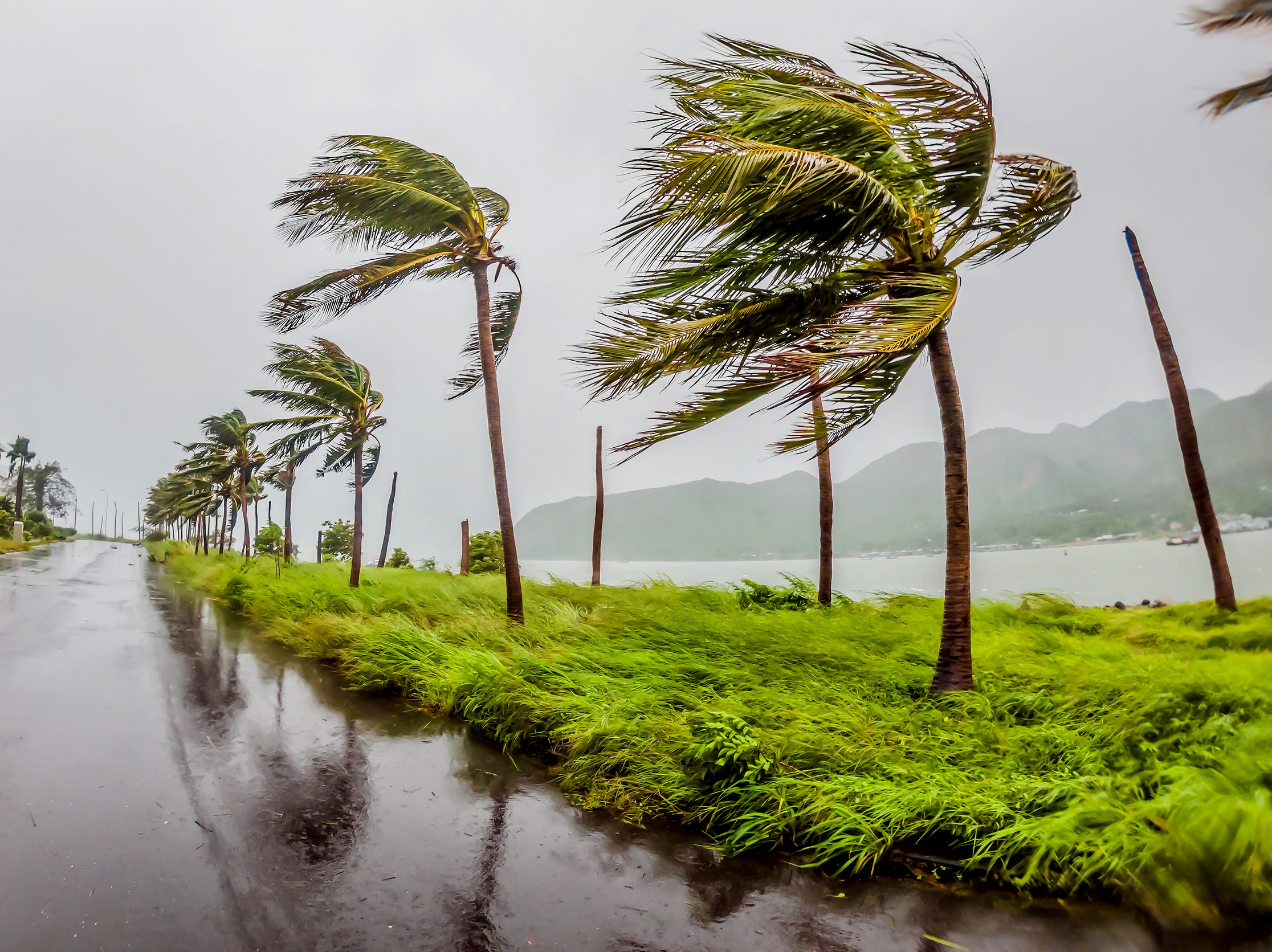Hazards
Cold Wave
The mercury has been dropping in various parts of the country as the severity of winter is increasing, with the Bangladesh Meteorological Department expecting a further fall in temperatures, resulting in a cold wave.
The country's lowest temperature was 10°C in Tetulia in the 24 hours to 6pm on Sunday.

Riverbank Erosion
Riverbank erosion alone has rendered millions homeless and has become a severe social hazard. Structural interventions to provide protection against riverbank erosion are very costly. Bangladesh’s deltaic topography makes the country vulnerable to riverbank erosion forcing people to migrate or resettle. Millions of people have been rendered homeless by this disaster leading to migration i...

Cyclone
Evidence of climate change and sea-level rise suggest that coastal communities of Bangladesh are likely to face more frequent cyclones and storm surge events in the future. A long-term trend of disasters in Bangladesh based on 120 years (1900- 2020) data from EM-DAT data (http://www.emdat.be/) suggests that cyclone is one of the most recurrent disasters, they cause huge economic loss and can be...

Landslide
Landslides have started to become a major hazard especially in hilly areas of the country which make up 18% of the total area of the country. Usually triggered by heavy rainfall, landslides can cause extensive damage to human settlements and activities on the slopes (National Plan for Disaster Management, 2020).
FOREWARN Bangladesh developed an experts group for landslide who supports...

Flood
Bangladesh has an extensive flood history that is entwined with the geophysical and social development of the country. Flooding in Bangladesh normally covers approximately 20% of the land which can increase depending on the scale of the flooding, however, higher return period events (i.e., 100 years) such as the 1988 flood results in a relatively higher amount of flooded area. Approximately 80%...

Health
Dengue fever is the most common arthropod-borne viral (arbovirus) disease in tropical and subtropical regions of the world. Esteva and Vargas (1998) found that the vector population has a constant recruitment rate, which depends upon the fractions of eggs and larvae that mature to the adult stage, and a constant per capita mortality.
FOREWARN Bangladesh Health experts group conducted ...


